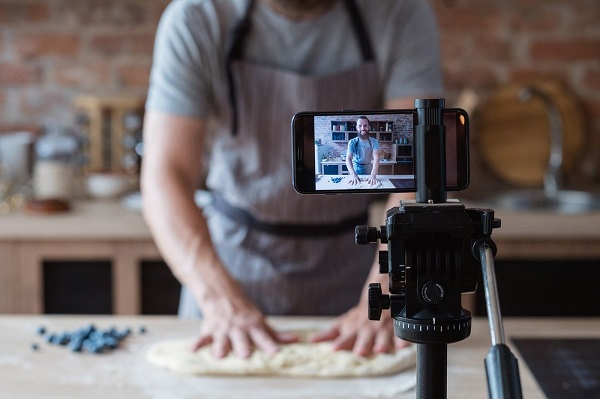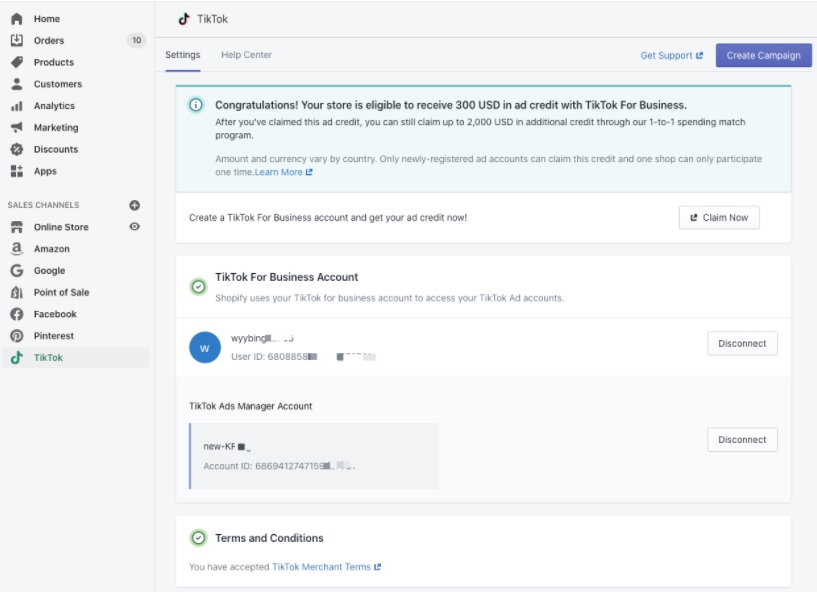The Collins Dictionary has chosen “lockdown” as its word of the year for 2020. 2020 was an incredibly unusual and challenging year for businesses. And if you are wondering how this affected affiliate marketing, one thing is for sure: affiliate marketing is not dead. Indeed, it has become a key income source for many people during 2020.
So, it is definitely not “out of the picture” and we can’t wait to see what 2021 brings. So here are some of our predictions regarding Affiliate marketing trends and tips for 2021.
Contents
1. Influencer marketing

If you are thinking that influencer marketing will be relevant in 2021, you are totally right. In fact, according to InfluencerMarketingHub 63% of marketers intend to increase their influencer marketing budget in the next 12 months.
When less is more. Brands have realized that there’s no need to target influences with 1M followers for a successful campaign. A study conducted by Dr. Jonah Berger from the Wharton School and the Keller Fay Group showed that 82% of consumers are “highly likely” to follow the recommendation of a micro-influencer.
Overview
Micro and nano influencers have fewer followers. In general, micro-influencers have between 10k and 100k followers and nano influencers have less than 5k. And that’s not a bad thing at all.
They are specialists in their niche or sub-niche, sharing high quality, authentic and genuine content, which is shared with their group of followers. The engagement ratio from their audience is higher than those with many followers, as they interact and have a personal connection with their group. Therefore, they generate greater trust and loyalty than macro-influencers (+100k) and celebrities or mega-influencers (with over 1M).
US influencer marketing agency Traacks revealed in its 2020 State of Influence report that Instagram influencers with less than 50,000 followers have an average of 3.5% engagement rate, while macro-influencers have 2.67%.
There’s no doubt that micro and nano influencers are stronger than ever and they are much more affordable, which is key for many brands – including small businesses.
Intagram
But the most important trend is the shoppable posts. You can definitely expect more sponsored posts #ad in 2021. Influencers help to make the connection with brands and consumers a success since the return on investment is quick. According to a Business Insider estimation, brands are set to spend up to $15 billion on influencer marketing by 2022.
Instagram dominates the social marketing landscape. It is the preferred platform of choice for brands (79% of brands are using it), as it is one of the best platforms to engage with consumers. But TikTok has shown consistent results in verticals such as entertainment and e-commerce.
Around 80% of consumers prefer to watch live videos rather than reading a blog, which takes us to the next trend: streaming video.
2. Video Content Marketing

During the stay-at-home year, pretty much everything has been related to video, not only entertainment but also classes and webinars, office meetings and friends-and-family meetings, job interviews, etc.
Marketers can’t ignore video. It’s the most productive component in digital marketing, and it’s unstoppable. According to Cisco: by 2021, internet video traffic (business and consumer, combined) will be 80% of all internet traffic, compared to 2016 which was 67%.
The rise in the use of video for advertising is a result of the change of video viewing habits and the advances in smartphones, which are faster and bigger, helping the ability to consume video content.
Viewers retain 95% of a message (insivia) when they watch it through video, and it has an undoubtedly positive impact on consumers during the purchase process. Wyzowl reported that 84% of people say they’ve been convinced to buy by watching a video.
Instagram Reels was the biggest launch in 2020, and it was a direct response to the success of TikTok, which was dominating the short-form creative content through short videos. There were videos on IGTV, which is the YouTube of Instagram, but that’s for longer and higher quality videos.
3. E-commerce

The effect of the pandemic has reinforced this vertical, many consumers have changed their way of purchasing. With more consumers shopping online than ever before, we will see more brands and retailers invest in technology to accommodate the needs of the new connected shopper said Sarah Hughes, Product Marketing Manager, Inmar Intelligence. As you might have guessed, video streaming has had a major impact on e-commerce. The combo of e-commerce and video is definitely something to keep in mind when promoting products.
Some large platforms are already profiting from this great combination and showing how important e-commerce is for companies. TikTok partnered with the e-commerce platform Shopify. It is easy to install TikTok from the Shopify App Store. Once installed, merchants will have access to the key features of TikTok for Business Ads within their Shopify dashboard. Features include: creating TikTok campaigns for promoting products just by uploading images or videos, targeting the audience (demographic, location, and behavioral options), and optimizing the campaign.

In December 2020 Walmart announced that live-streamed a video test, during this Livestream, TikTok users were able to buy Walmart’s fashion items within the app. Levi’s is another example of a company that has seen a significant increase in traffic thanks to its partnership with TikTok.
Instagram could not sit idly by watching how its competitor, TikTok, was making a major move to in-stream purchases, and that’s why it launched Shopping in Reels. Products are directly linked with “Shop Now” buttons, allowing consumers to save items, learn more about them, and of course, buy them. Shopping was already available within Instagram through pictures in posts and even on IGTV, but as we have mentioned, short-form video content is increasing its presence and Reels is the weapon to directly compete with TikTok. Creators are allowed to add a tag informing users that it’s branded content, providing transparency.
4. Automation

Automated affiliate marketing software is not related to artificial intelligence (AI). It does generate confusion and some people tend to think that it’s the same thing. As described by Medium, AI is a science that depends on machine learning and algorithms. AI works on its own decision-making and reasoning, automation is hardware that does things automatically.
Automating tasks not only saves time and money, but it also helps you to monitor and control the activity in real-time, analyze data faster, etc. All of this is carried out with minimal human assistance, letting marketers stay focused on searching for new business opportunities while seeing instant results.
The level of automation of large traffic source platforms such as Google and Facebook has been reflected in the automation of processes such as traffic optimization and purchasing strategy and programmatic purchasing.
In 2021, automation tools will continue to improve, expanding their capabilities, with a focus on optimization and improving ROI.
5. Voice search

Consumers use voice search to find answers to their questions, research products, find local businesses, etc. Nowadays, more people than ever are using their voice instead of searching by text, as it’s faster and easier. Consumers can then be referred to a local business or a retail site that has an impact on direct sales.
When asking something to a smart device, we ask the whole question (researchers have found that on average it is seven or more words) instead of typing a few words. Thus, keywords are no longer that useful or well-targeted. Imagine yourself searching for a restaurant, you will probably type something like “seafood restaurants Madrid” while asking “where is the closest seafood restaurant to me?” Voice search will affect keyword SEO going forward.
6. Diversification
2020 has taught us the importance of many things, and diversification is one of them. A key to success is to diversify your affiliate income by having multiple revenue streams. The most enduring affiliates are those that work with a diverse portfolio, this way you can manage and spread the risk while maximizing your potential. But don’t lose focus, while you can learn from others, don’t try to replicate what’s working for them. Only your own testing, skills, experience, and knowledge will drive your business forward.
7. Choose the right affiliate network
Unfortunately, during 2020 we saw companies fall by the wayside. Every single campaign you create has to be tracked, data is everything. Only work with trusted and reliable affiliate platforms that offer first-class service. Try Toro Advertising! We’d love to hear from you!







Leave a Reply